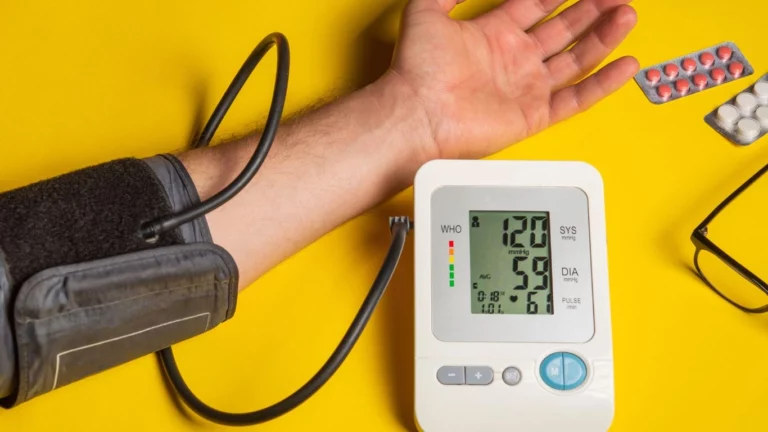“Rheumatoid Arthritis: Discover How Resistance Training Benefits You”
Living with rheumatoid arthritis is a full-time job—trust me, I see it firsthand every day as a Rheumatology Nurse Practitioner. The flare-ups, the fatigue, the stiffness that just won’t quit… it can feel like your body’s staging a rebellion. One topic that comes up a lot in my clinic (and yes, even in casual conversations with friends who know what I do) is whether resistance training is safe—or even beneficial—for people with RA. Spoiler alert: it is. Actually, the benefits of resistance training for people with rheumatoid arthritis are pretty incredible when done right. So, let’s talk about it, friend to friend—with a little medical knowledge mixed in.
Why Resistance Training Deserves a Spot in Your RA Toolbox
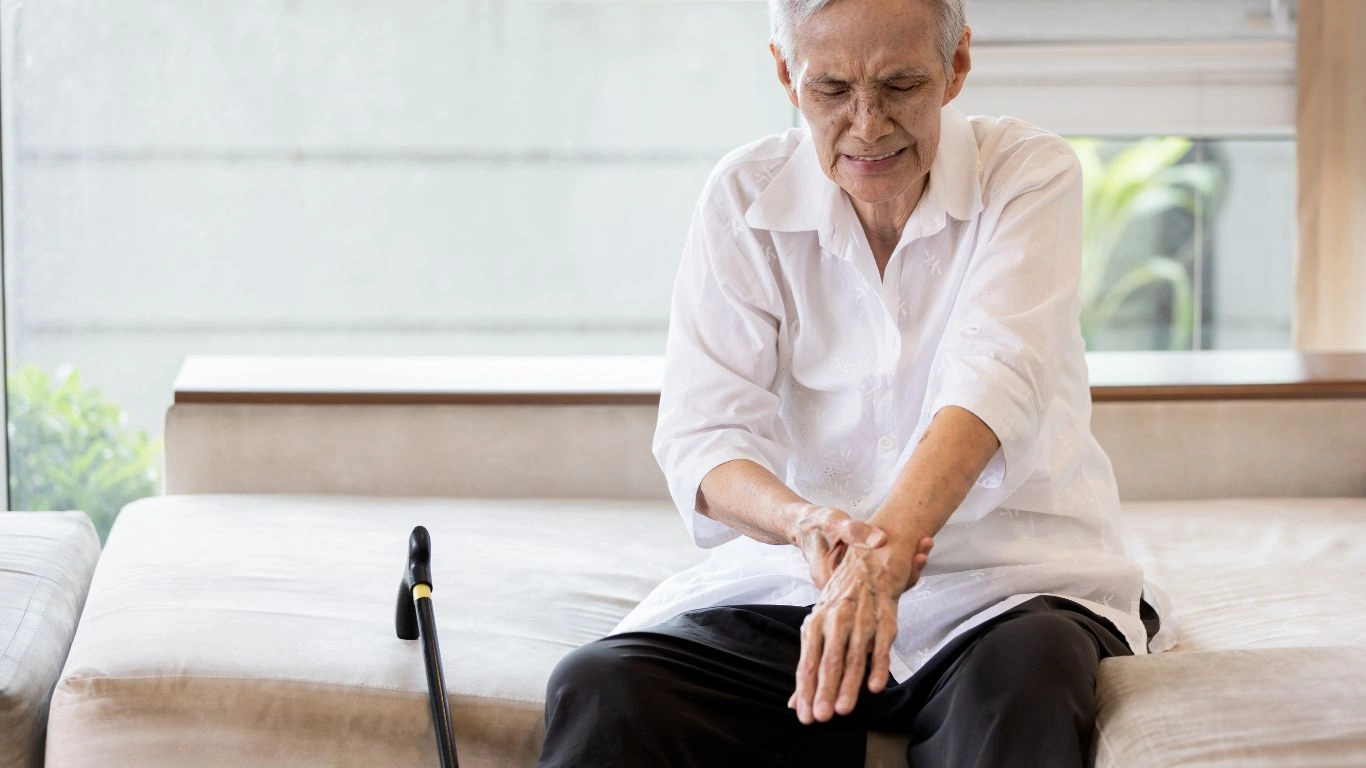
Before I get into the science, let me tell you about one of my patients—we’ll call her Maria. She’s in her early 50s, was diagnosed with RA in her late 30s, and swore up and down that exercise made her pain worse. I get it. When every joint feels inflamed and angry, the last thing you want to do is pick up a dumbbell. But here’s the thing: after a few weeks of a gentle, personalized resistance training program, Maria started feeling stronger, sleeping better, and even smiling more during our check-ins. Her results aren’t unique.
What Makes Resistance Training So Special for RA?
Most people think of cardio or flexibility exercises like yoga when it comes to RA, but resistance training often gets overlooked. Here’s why that needs to change:
- Joint Support: Strengthening the muscles around your joints means they don’t have to work as hard. Less pressure = less pain.
- Bone Health: RA and some of the medications used to treat it can weaken bones. Lifting weights can help combat that.
- Improved Function: Daily tasks like getting out of a chair or lifting groceries get easier when you’re stronger.
- Mood Booster: Exercise helps release feel-good hormones, and resistance training can reduce depression and anxiety symptoms, which are sadly common in chronic illness.
And that’s just scratching the surface. There’s solid research backing this up too. Studies have shown that resistance training can lead to significant improvements in pain, strength, and overall function for people with RA—without making symptoms worse. As long as it’s done mindfully (that’s the key).
But What About Flares? Is It Safe?
Let me be super clear: during an acute flare, rest is essential. That’s not the time to push through pain. But when you’re in a more stable phase, resistance training can actually help reduce how often those flares show up. Crazy, right? It’s like giving your joints a protective armor. When done correctly—with proper technique and rest between sessions—it’s not only safe, it’s therapeutic.
In my clinical practice, I usually recommend starting with resistance bands or bodyweight exercises. Machines at the gym can work too, especially the ones that guide your range of motion. Free weights are great once you’re comfortable and know how to use them safely. The trick is to start slow and listen to your body.
How to Ease Into Resistance Training When You Have RA
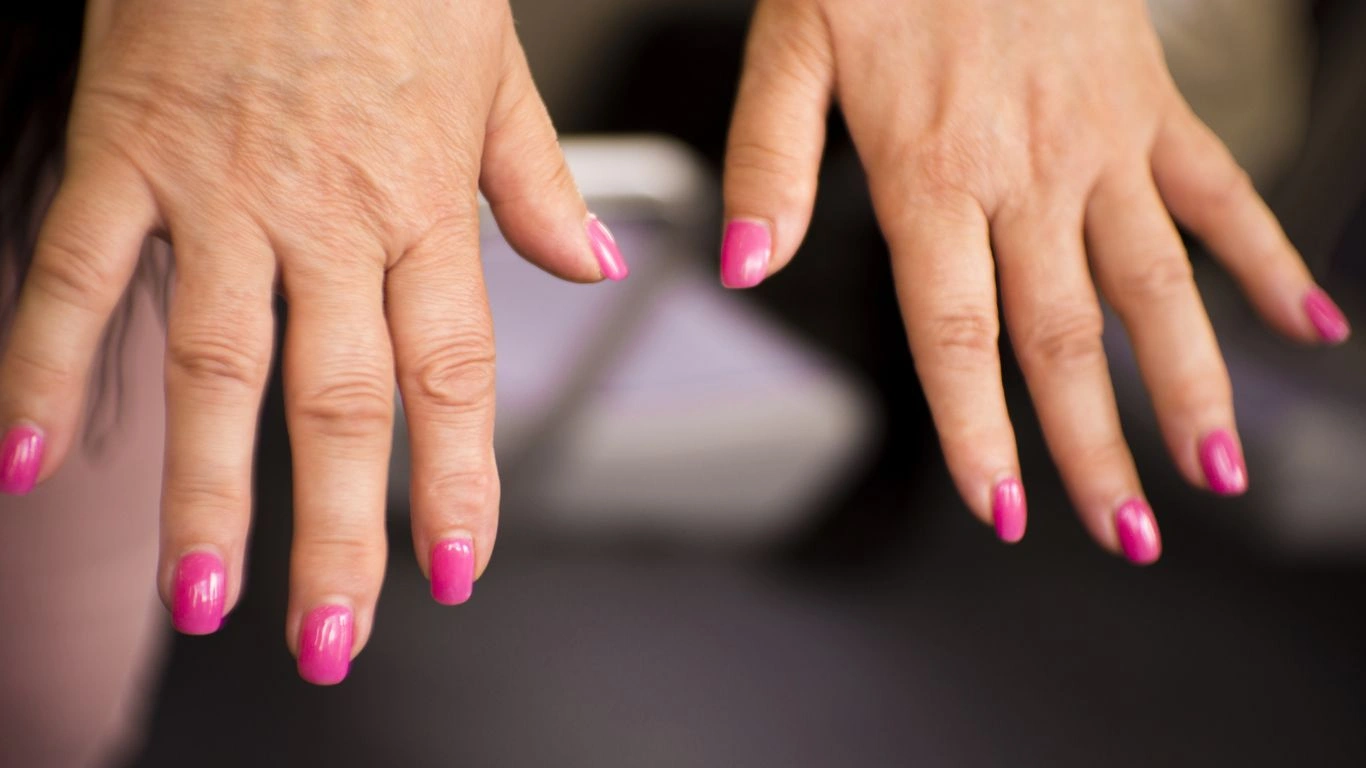
I’ve seen too many people go full throttle, get sore, and then swear off exercise forever. Don’t be that person. You don’t need to “go hard or go home.” You just need to go smart.
- Talk to Your Healthcare Team: Seriously, we’re here to help. Let us know what you’re planning so we can make suggestions (or maybe connect you with a physical therapist).
- Pick the Right Time of Day: Many of my RA patients feel their best in the late morning after they’ve had time to loosen up. Find your sweet spot.
- Start Light: Resistance bands or 1–2 lb dumbbells are a great place to begin. Even just practicing the movement without added weight helps.
- Keep It Short: A 10-minute session a few times a week is more than enough to start. You’re not training for a bodybuilding competition here.
- Focus on Form: Quality > quantity. Bad form is a fast track to injury. If you’re unsure, YouTube is full of great tutorials—or better yet, hire a trainer with experience in chronic illness.
Movements That Work (And Don’t Hurt)
So what does resistance training for rheumatoid arthritis actually look like? It doesn’t have to mean squats with barbells or intense boot camps. Here are a few of my go-to moves for beginners with RA:
- Wall Push-Ups: Great for upper body strength without straining wrists.
- Seated Leg Extensions: Strengthen your quads without stressing the knees.
- Bicep Curls with Bands: Controlled movement, easy on the joints.
- Mini Squats: Focus on proper form and go shallow at first—no deep squats needed.
- Step-Ups: Using a low step, this one’s awesome for balance and leg strength.
I’ll never forget the look on Maria’s face when she was able to climb stairs without grabbing the railing for the first time in years. That’s the kind of progress we’re talking about. Not overnight miracles—just steady wins.
What to Watch Out For
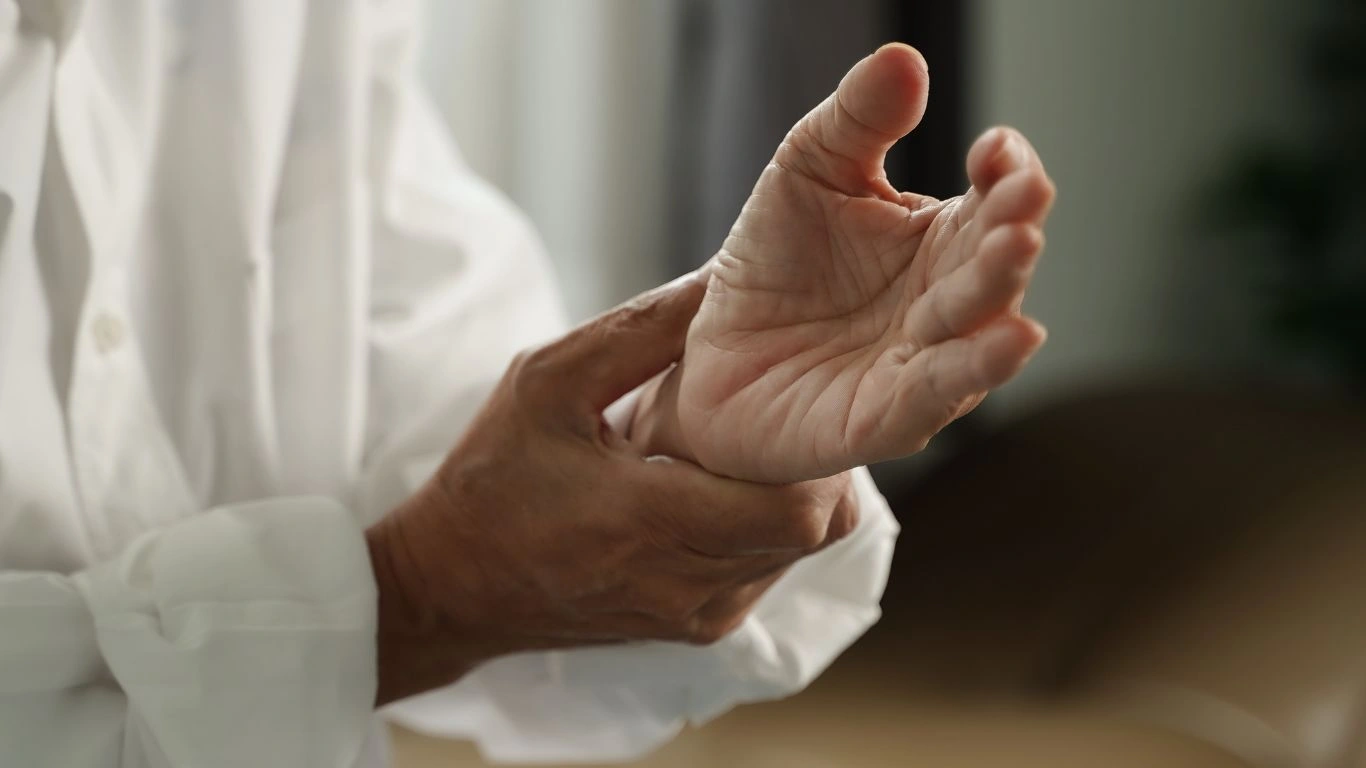
Alright, now for the real talk. Resistance training has a ton of upside, but there are some things to keep an eye on:
- Joint Swelling or Redness: That’s a no-go. Stop and rest.
- Sharp Pain: A little soreness is okay. Sharp, stabbing pain is not.
- Fatigue That Lingers: Some tiredness after a workout is expected, but if you’re wiped out for days, you might be overdoing it.
- Warm-Up and Cool Down: Skipping this is a rookie mistake. Gentle stretching before and after makes a big difference.
Remember, you’re not doing this to “get jacked” or run a marathon. You’re doing this so brushing your hair, getting dressed, or playing with your grandkids doesn’t feel like a monumental task. And that, my friend, is 100% worth it.
Adapting Resistance Training to Match Your RA Symptoms
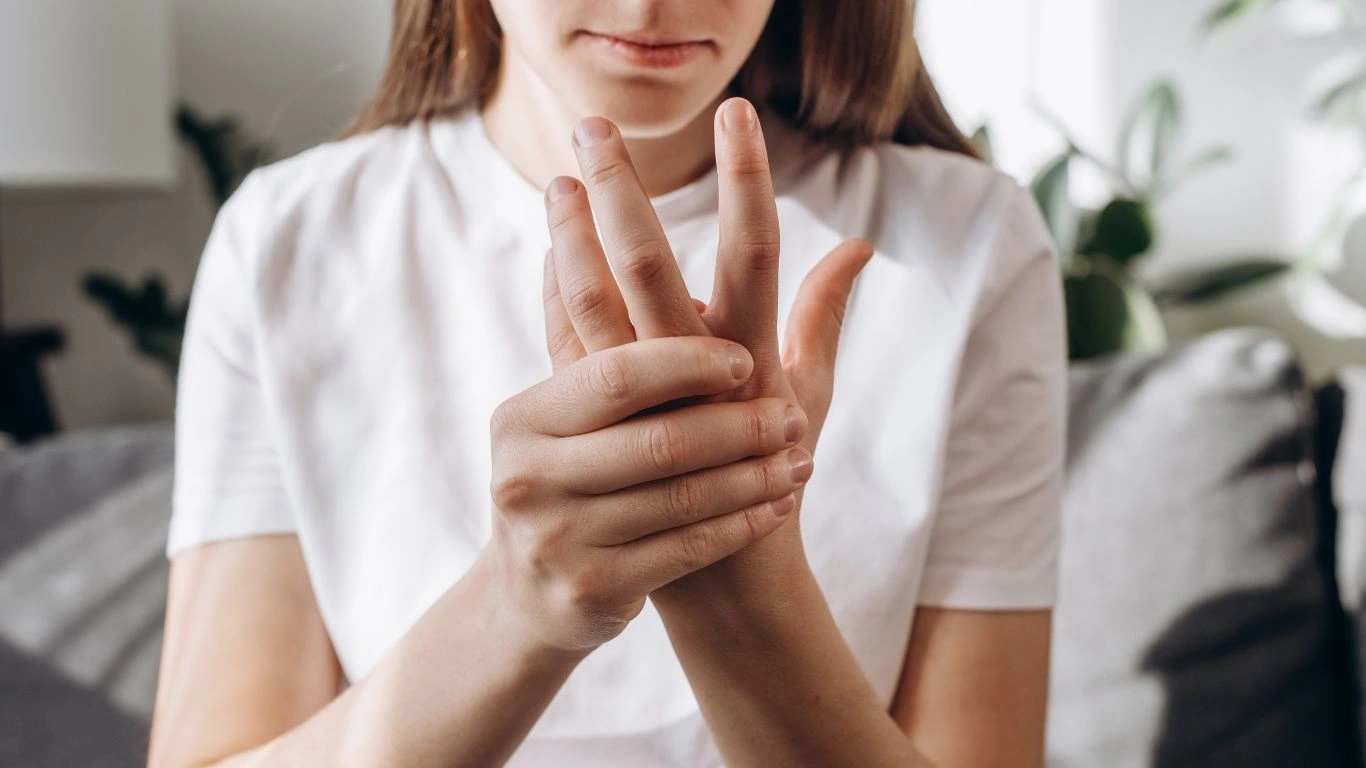
Alright, let’s get real for a second—rheumatoid arthritis doesn’t exactly follow a schedule. One week, you’re feeling like a rockstar, the next you’re wondering if you’ll even make it out of bed without wincing. As someone who’s worked with a wide range of RA patients, I can’t stress enough how important it is to tailor your workouts based on how you feel that day. This isn’t about pushing through pain—it’s about working with your body, not against it.
There’s this myth floating around that consistency means doing the exact same workout every Monday, Wednesday, and Friday. But with RA, consistency might look more like this: doing resistance training twice one week, taking it easy the next, and then ramping up when things settle. That’s still progress. That’s still valid. Honestly, that’s just smart training.
Here’s how I help patients adjust their routine on the fly:
- On flare-up days: Skip the resistance, and go for gentle range-of-motion exercises or light stretching. Your joints are already inflamed—let them rest.
- Low-energy days: Choose seated exercises or shorten your session. Even five minutes of controlled movement is better than zero.
- Stable days: These are golden! Focus on form, increase your reps slightly, or add a tiny bit more resistance.
One of my favorite tools is what I call the “talk test.” If you can talk comfortably while doing a set, you’re probably working at a safe intensity. If you’re huffing and puffing or feeling joint discomfort (not just muscle fatigue), ease up.
Choosing the Right Equipment for RA-Friendly Strength Work

I’ve seen people get overwhelmed by all the options out there. Resistance bands, dumbbells, kettlebells, weight machines, even those trendy water-filled weights. But the best piece of equipment? The one that feels comfortable and safe for you.
Let me break it down with some real-world feedback I’ve gathered from my patients over the years:
- Resistance Bands: Hands down the most popular option in my clinic. They’re easy on the joints, portable, and super versatile. Plus, they don’t intimidate beginners.
- Foam Dumbbells: Lightweight and padded—great for anyone dealing with wrist pain or reduced grip strength.
- Ankle Weights: A sneaky way to build leg strength without picking anything up. Perfect for days when upper body joints are flaring.
- Weight Machines (with caution): Good for controlled movement, but make sure the machines are adjustable and you’re shown proper form. I always say: don’t be shy about asking for help at the gym.
If you have severe joint deformities or hand involvement (which is super common in long-term RA), tools like grip aids, padded gloves, or even wrist braces can make training safer and more comfortable. I’ve had patients who were ready to give up on lifting until we introduced adaptive equipment—and boom, they were back in action.
Tracking Progress Without Obsessing Over Numbers

Here’s a secret: progress with RA doesn’t always show up on a scale or in how much weight you can lift. And honestly? That’s not the goal anyway. When I talk to my patients, I’m more interested in things like:
- “Can you get up off the floor easier now?”
- “Are you able to stand longer while cooking dinner?”
- “Is that morning stiffness lasting less time than it used to?”
Those are the real wins. So instead of tracking pounds or sets, track how your life is improving. Keep a journal. Jot down what felt good, what didn’t, how your joints responded. I even have one patient who rates her workouts using emojis. It’s silly but effective—and surprisingly motivating!
Other small ways to measure growth:
- Mobility: Are you moving more freely?
- Energy: Do you bounce back quicker from activity?
- Confidence: Are you less anxious about your physical limits?
Progress isn’t linear. Some days will be frustrating, and that’s okay. But every time you show up for yourself—whether it’s lifting a band or just doing a gentle stretch—you’re reinforcing your resilience. And as someone who’s seen this play out in real time, I promise you… that matters more than any number on a dumbbell.
Personalized Programs Make All the Difference

Let me tell you about Jay, another patient of mine. Late 60s, newly diagnosed with RA, and honestly? He was skeptical about everything—including me. But once we mapped out a plan tailored to his daily routine, he started noticing changes. His posture improved, his knees ached less, and (his words, not mine) he could “lift the grandkids without needing a chiropractor afterward.”
That’s the beauty of a personalized plan. It’s not about cookie-cutter routines you pull off the internet. It’s about what works for your unique body, your meds, your sleep cycle, your stress level. And yeah, it takes trial and error. That’s normal.
If you’re able to work with a physical therapist or exercise physiologist who understands autoimmune conditions—go for it. If not, take it slow and steady. There’s no shame in experimenting until you find your groove.
Some quick tips to personalize your plan:
- Choose moves that mimic daily life: Think squats to mimic sitting down, bicep curls for lifting groceries.
- Pair resistance with breathwork: Breathing intentionally during movement can help with joint pain and stiffness.
- Mix things up: Don’t be afraid to try Pilates, water resistance workouts, or even light yoga with bands. Variety helps avoid overuse.
Look, I’ve worked in this field long enough to know that every person with RA has their own journey. Some move faster. Some slower. But every single one of them benefits from resistance training when it’s approached with intention, flexibility, and kindness to your body. So if you’ve been on the fence about starting—or restarting—maybe this is your sign to try again.
Building a Sustainable Resistance Training Routine for RA

So now you’ve dipped your toes into resistance training with rheumatoid arthritis, and maybe you’re even starting to enjoy it (yes, that can happen). The next question I usually get from my patients is: “How do I keep this going without burning out or hurting myself?” Great question—and one I’ve answered in exam rooms, emails, and probably over a few coffee shop chats too.
The key to making this a long-term lifestyle habit is consistency without rigidity. That means you’re showing up regularly—but not forcing it when your body’s waving the white flag. Sustainable routines flex with your life, not against it. And let’s face it, with RA, that flexibility is non-negotiable.
Here’s what I recommend for building a sustainable rhythm:
- Plan for the week, not the day: Aim for 2–3 strength sessions per week, but give yourself a few flexible “windows” to complete them. If Monday doesn’t happen, Wednesday’s still open.
- Track patterns, not perfection: Use a calendar or app to log your workouts. Seeing that you’ve moved consistently—even if imperfectly—builds momentum.
- Celebrate small milestones: First week with no skipped sessions? That deserves a win. Hit a new resistance level? Treat yourself (maybe a new yoga mat or comfy workout top).
I often remind my patients that this isn’t just about joints—it’s about building confidence, regaining independence, and rediscovering strength in a body that sometimes feels like it’s fighting you. And when you frame it that way? That next workout becomes a little easier to show up for.
Nutrition and Recovery: The Underrated Sidekicks
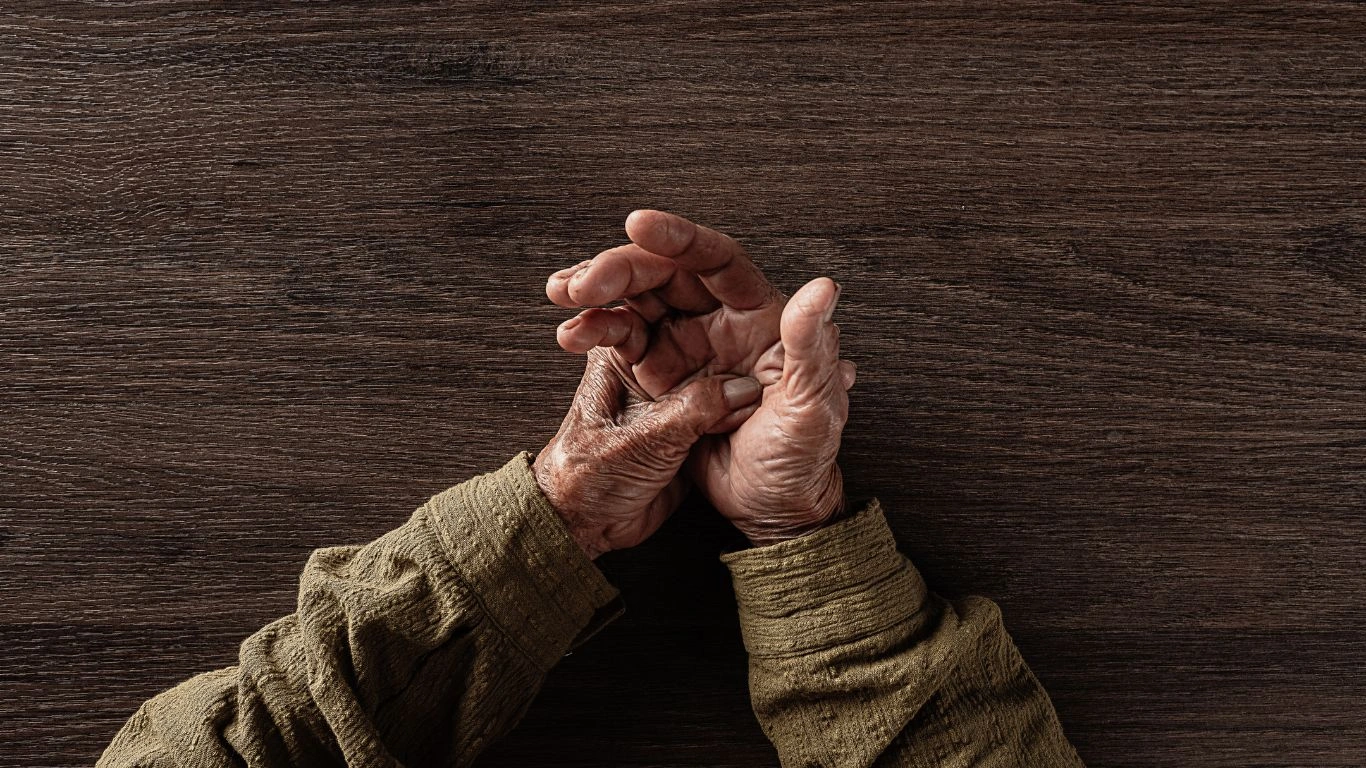
Now, you know I couldn’t write about movement without talking about what comes after: recovery. This is where so many people (even the super disciplined ones) drop the ball. But with RA, your recovery game needs to be just as intentional as your workout plan.
Let’s talk food first. Protein is your best friend when you’re doing resistance training—especially for muscle repair and recovery. I usually suggest a protein-rich snack within an hour of exercising. Think Greek yogurt, hard-boiled eggs, or a smoothie with added protein powder. And don’t forget about anti-inflammatory powerhouses like berries, leafy greens, and fatty fish. These aren’t just trendy—they really do help reduce joint inflammation.
- Hydrate like it’s your job: Water helps flush out metabolic waste and keeps joints lubricated.
- Get quality sleep: Muscle growth and healing happen when you rest, not while you’re lifting.
- Warm-up and cool down: I mentioned this earlier, but it’s worth repeating—don’t skip it!
- Stretch gently post-workout: It helps reduce stiffness and improves flexibility over time.
Some of my patients also swear by epsom salt baths or low-impact water therapy on recovery days. Personally, I’m a fan of alternating heat and cold packs, especially after heavier training sessions. Just remember: what works for someone else might not be your sweet spot. Explore. Experiment. Adjust.
Mental and Emotional Benefits of Lifting With RA
Let’s step away from the physical side of things for a second. Because you know what doesn’t get enough attention? How much resistance training supports your mental health when you’re dealing with a chronic condition like RA.
It’s not just the endorphins (though those are amazing). It’s the feeling of reclaiming something. When patients tell me, “I didn’t think I could ever feel strong again,” I see that moment shift their mindset entirely. They stop identifying only with their diagnosis and start seeing themselves as capable, adaptable, and in control of their health journey again. That’s powerful stuff.
For many people with RA, depression and anxiety can be lurking in the background. A consistent resistance training routine helps:
- Reduce perceived pain levels
- Improve sleep quality
- Boost confidence and body image
- Provide a sense of daily purpose and routine
I had a young woman with aggressive early-onset RA say to me once, “It’s the first time in years I felt like my body was working *with* me, not against me.” And that right there? That’s the magic of movement.
Wrapping It All Up With a Realistic Approach
At the end of the day, resistance training isn’t a magic bullet—but it’s a ridiculously valuable tool. With proper guidance, a little patience, and a flexible mindset, it can completely change how you live with RA. It’s not about getting ripped or running marathons (unless you want to!). It’s about building strength, stability, and trust in your body again.
If you’re just starting out, or you’ve tried before and gave up—start again. This time, give yourself grace. Be okay with imperfect weeks. Find movement that feels good, supportive, and empowering. Ask questions. Connect with professionals. And lean into the wins, no matter how small they seem.
I’ve walked this journey alongside hundreds of people. And I’ve seen firsthand how the benefits of resistance training can transform not just joints—but lives. You’ve got this.
References
Disclaimer
This article is intended for informational purposes only and does not substitute professional medical advice, diagnosis, or treatment. Always consult with your healthcare provider or a certified fitness professional before starting any new exercise program, especially if you have a chronic condition like rheumatoid arthritis.

Tarra Nugroho is a dedicated Nurse Practitioner with a strong foundation in family and preventive care. She brings both compassion and clinical expertise to her practice, focusing on patient-centered care and health education. As a contributor to Healthusias.com, Tarra translates medical knowledge into clear, empowering articles on topics like women’s health, chronic disease management, and lifestyle medicine. Her mission is simple: help people feel seen, heard, and informed—both in the clinic and through the content she creates. When she’s not caring for patients, Tarra enjoys weekend hikes, plant-based cooking, and curling up with a good health podcast.




